Eight things that India PM Modi can take away from Silicon Valley
- Published

Indian Prime Minister Narendra Modi will visit California during his upcoming trip to the US. He will visit the offices of some major internet companies, host a meeting of Indian start-ups, attend a town hall meeting with Facebook founder Mark Zuckerberg and address the diaspora. Technology entrepreneur and academic Vivek Wadhwa on what Mr Modi can take away from his time in Silicon Valley.
Being the first Indian prime minister to visit Silicon Valley in 30 years, Narendra Modi has a chance to take back with him an understanding of why the area leads the world in innovation and a bolder vision for India.
Mr Modi will be meeting a different expatriate community than anywhere else in the world - Indians who have left their regional, religious, and socio-economic differences behind and who work together to achieve success and uplift their communities.
They network with and help each other. They invest in each other's companies and learn from common mistakes. Most Indians in Silicon Valley consider themselves to be loyal American citizens yet they take extraordinary pride in their heritage.
Nearly half of Silicon Valley's technology companies are founded by immigrants and Indians - who started 16% of its companies - dominate this group.
Here are a few things that Mr Modi can learn from his visit to Silicon Valley:

Smart Cities
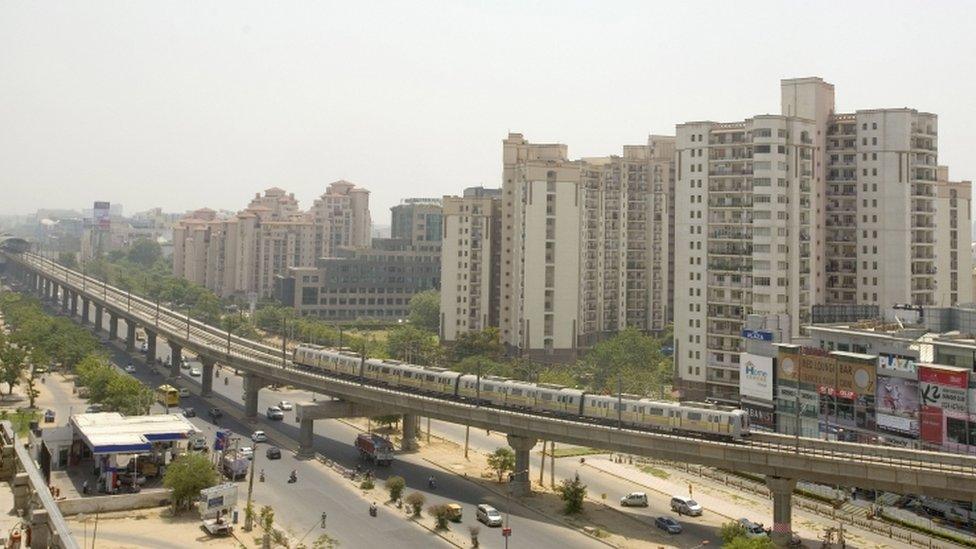
Mr Modi has talked a lot about smart cities, external. But he is essentially talking about cleaner and more efficient cities.
These ambitious, technologically-connected cities do not take billions of dollars to build.
The sensors necessary to monitor things such as traffic patterns, air quality, noise, radiation levels and water quality, and to manage pollution and waste, parking, traffic congestion, security and almost every other aspect of a city's functioning are now commonly available and inexpensive.
Many start-ups in Silicon Valley are building these technologies and are getting their funding on sites such as Kickstarter and Indiegogo.
India doesn't yet have equivalent funding mechanisms so the government may need to fund start-ups that create the new technology infrastructure.

Sharing economy

San Francisco-based Uber showed Indian entrepreneurs that taxi-ordering app was practical even in India's chaotic cities. But Uber targeted elite, high-end customers and did many things wrong.
The bigger opportunities are to share rides in three-wheelers, bicycle rickshaws, and buses.
Technology can also facilitate hiring of workers in the informal economy - labourers, technicians, maids and commercial painters and for tractor-sharing on farms, bike-sharing and farm seed swaps.
Indian entrepreneurs are trying to build their own versions of these technologies but they need the support of the government in streamlining cumbersome regulations.

Health apps and genomics
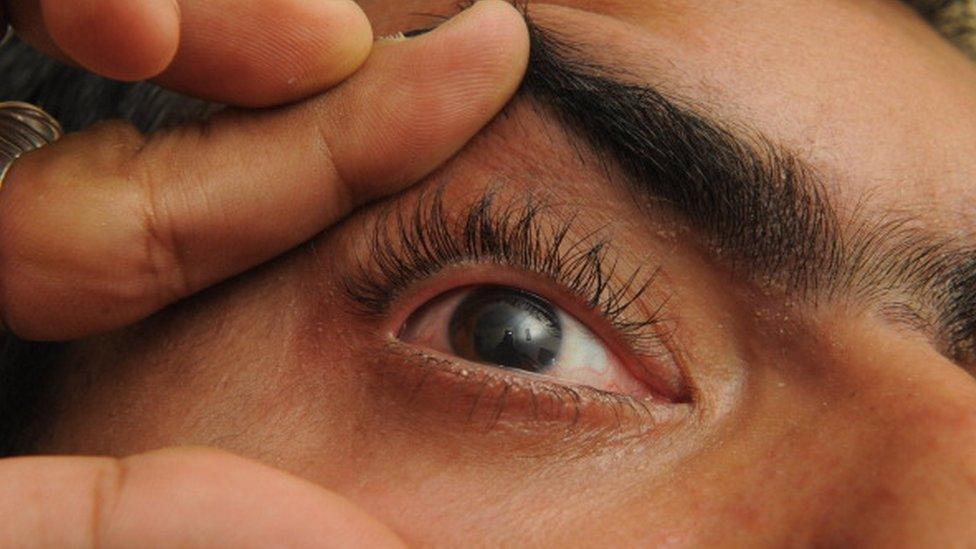
Inexpensive sensors can be connected to smartphones and tablets to result in medical devices that are as accurate as those that Western hospitals use.
There are many Indian companies working on this in the US. Some Indian companies have already built better and more practical technology than I have seen here in Silicon Valley.
Forus Health, founded by K Chandrasekhar, developed a portable eye-screening device called 3nethra which can detect eye diseases such as cataract, diabetic retinopathy and cornea-related problems.
Kanav Kohol built the Swasthya Slate, a health device with 33 sensors, to monitor blood pressure, blood sugar, heart rate, blood haemoglobin, urine protein and diseases such as HIV, syphilis, dengue and malaria.
Anu Acharya's company MapMyGenome is doing world-class analysis of genomic data to provide insights into the genetic basis of individuals' health, including traits, lifestyle, drug responses, inherited conditions, and diseases.
There are also great opportunities in telemedicine to connect people in remote villages to medical experts.

Public services
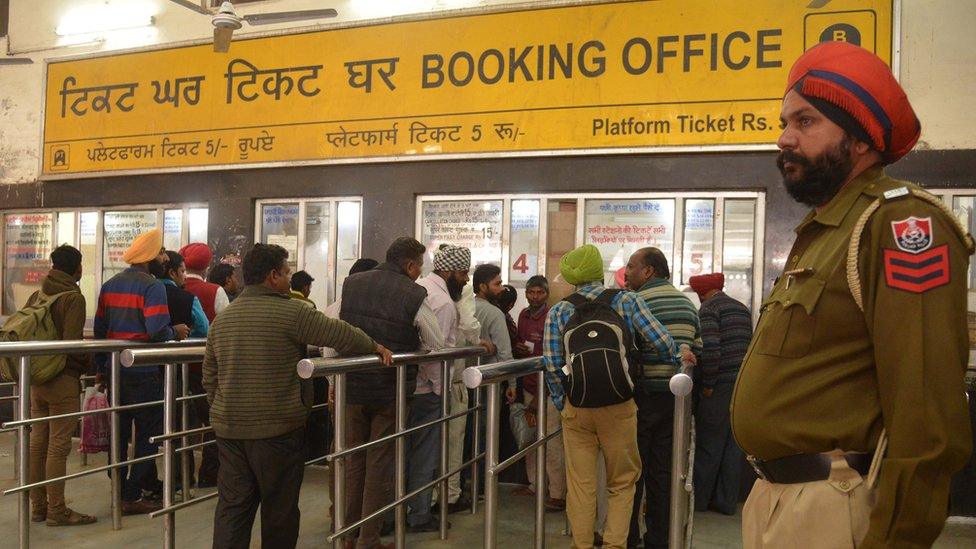
Whether for booking railway tickets and monitoring train arrival times or for analysing government productivity and efficiency data, virtually every aspect of public services can be improved through measurement, monitoring, and automation.
Entrepreneurs can take a key role in modernising governance by using technology and data to improve efficiency and stem corruption.

Education
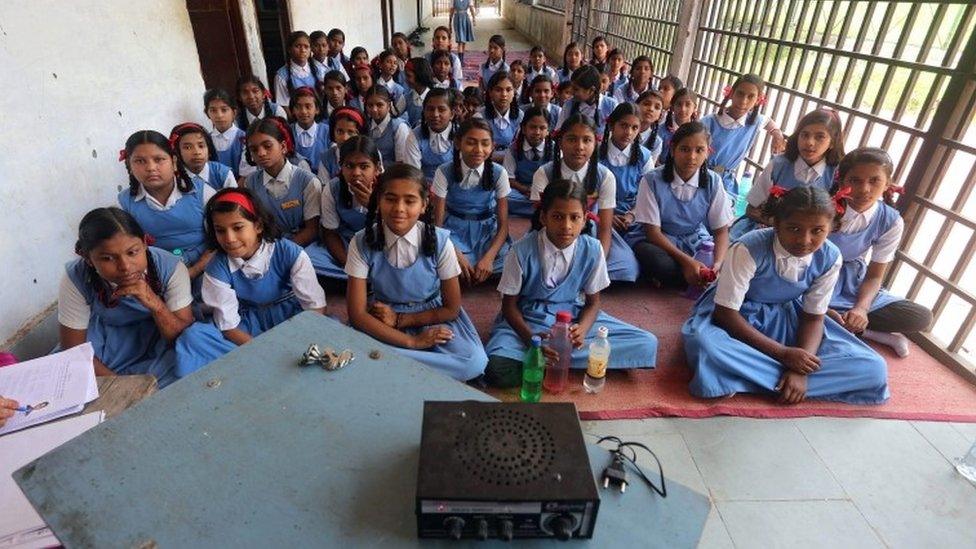
No matter how hard the government tries, it will not be able to fix India's public schools in time to educate the more than 100 million children in towns and villages with substandard educational facilities.
The only solution lies in using technology.
India now has the fastest growing smartphone market in the world and soon the majority of Indians will own one. These can also be used for education.
There are thousands of apps available today that can teach subjects such as history, geography, music, mathematics, and science. Indian entrepreneurs can build versions of these in local languages.
And they can build adaptive learning platforms which tailor the learning path to the needs of the student.
For example, if a child likes reading books, the digital tutor can teach mathematics and science in a traditional way.
If that doesn't work, the tutor can try videos. If that's too boring, it can switch to games or puzzles.
Digital tutors can provide equally good education to all children, rich and poor. Mr Modi should sponsor projects to build these.

Water sanitation
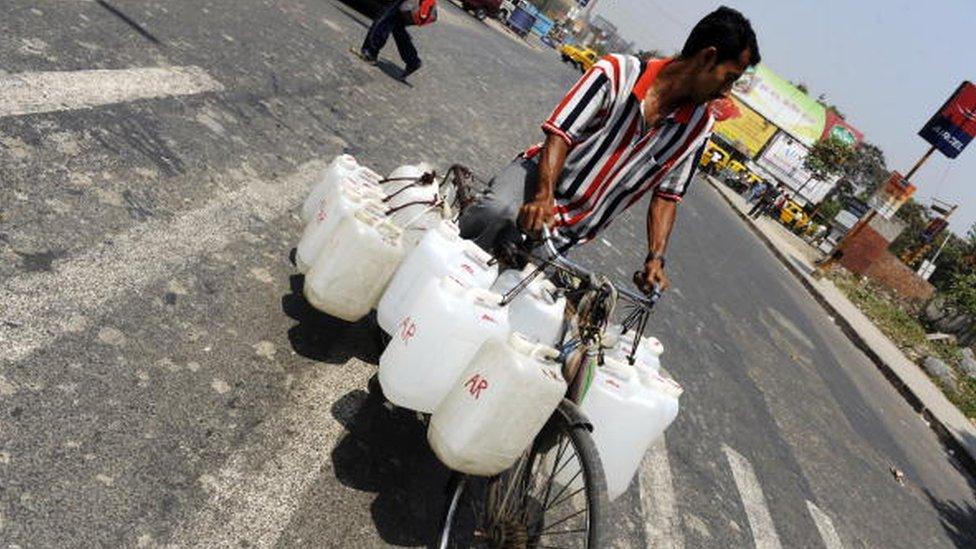
A leading cause of disease in India and the developing world are waterborne viruses.
Affluent Indians spend billions of dollars annually on bottled water, but this isn't always safe.
A technology from Chile can help solve this problem.
The Advanced Innovation Center (AIC) Chile has developed a system that converts water into a plasma state through a high-intensity electrical field and eliminates microbiological content through electroporation, oxidation, ionisation, UV and IR radiation, and shockwaves.
It was tested in a Santiago slum in mid-2011 and has worked flawlessly ever since.
After visiting Chile and seeing this in operation, I had AIC founder Alfredo Zolezzi bring the technology to the US. It was tested for conformance to Environment Protection Agency guidelines by the leading US public health and safety organisation, NSF International.
It broke the scale and exceeded NSF's highest standards. It killed 100% of all bacteria and viruses in the 24 heavily tainted samples that were tested.
This company now has a home in Silicon Valley and is rolling out the technology in South America. Mr Modi should take these to every village in India.

Agriculture

Sensors can be used to monitor soil humidity and optimise watering.
Aquaculture can be optimised with on-farm diagnostic technologies. Dairy and farm production can be automated.
These can be connected to smartphones that farmers are buying. Technology can dramatically increase the efficiency of Indian farms - at a very low cost.

Turning children into innovators
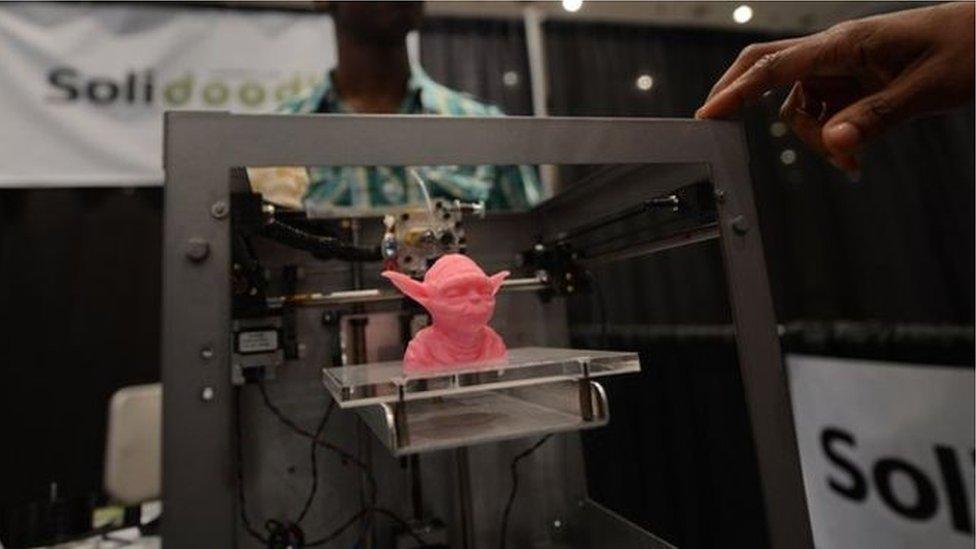
Schoolchildren in Silicon Valley have the opportunity to play with 3D printers, robot-building kits, and sensor components. These printers and kits are not expensive.
With a modest investment, every village could be provided with these so children there could be building robots that automate manufacturing; designing innovative new consumer products; and customising 3D designs for global consumers.
They can be developing sensor-based systems for diverse industries; smart-city technologies; and new home-monitoring and home-automation systems.
